Philips' latest entry into the Hue smartbulb line should strike a good balance between cost and features for most people, even if there are some rough edges the company could stand to polish.
Anyone familiar with the company's existing lights will know the basics. To recap: using the Hue mobile app, Web portal, and Siri/HomeKit support, users can create complex remote-controlled lighting setups, with automation to boot.
You can set all your lights to turn off when your iPhone leaves the house for instance, or have the living room lamps fade in at sunset, shutting off after you've gone to bed. "Scenes" can be triggered to switch between different color and brightness settings, and even more elaborate options are possible through IFTTT integration.
The White Ambiance bulbs strike an interesting middleground between Philips' cheaper pure-white options and its more expensive full-color models. While you won't be bathing your living room in purple or red anytime soon, the White Ambiance collection offers various color temperatures within the "white" spectrum, ranging from a warm orange to a cold bluish-white.
The benefit is that you can still adjust your lights to different moods or times of day without having to fork out for showier color options. In fact the updated Hue app includes "Wake up" and "Go to sleep" routines, plus a "Nightlight" scene, all formulated with the White Ambiance line in mind.
In testing the White Ambiance starter kit — which comes with two bulbs, a bridge hub, and a dimmer/scene switch — we found the warmer tones to be a welcome relief from most basic LED bulbs, which can be too cool for our liking, especially at night when you're trying to fall asleep. In many situations, warm lighting feels inherently more natural.
There is a catch though, in that full brightness — 800 lumens — is available only alongside a relatively neutral 4,000K color temperature, which isn't the default setting. Output dims considerably as you go warmer, down to 400 lumens by the time you hit 2,220K. Even 800 lumens may be too dim for pickier people, so buyers may find themselves wanting to use extra lighting to compensate — whether Hue-compatible or otherwise.
The new Hue app is relatively well-designed, letting users set up lights, rooms, scenes, routines, and iOS widgets without much trouble, as well as manage bridges and switches (a bridge is required for the bulbs to work). Lights can be controlled over cellular connections through the app, whereas Siri will only work outside of Wi-Fi range if you have an Apple TV.
There are some odd limitations in the software, though. If you rename your bulbs for example, you have to go into the Settings menu to manually re-sync them with Siri. Siri also won't automatically recognize every preloaded scene — you have to choose the ones you want it to acknowledge.
In fact, Siri functions are a mixed bag in general, whether or not that's Philips' fault. While you can say things like "turn on the Living Room lights" or "dim the Living Room lights to 50 percent," you can't say "turn on the Living Room lights to 50 percent" — you have to turn them on before you can tweak brightness. You can also forget about any commands involving scheduling.
Getting back to the app itself, Philips sometimes obfuscates how to do things, or needlessly restricts actions. It may not be immediately clear how to adjust brightness for example, and unless you use scenes or routines, the only way to control color temperature is on a per-bulb basis by tapping icons you may not recognize as interactive. Even with routines, you can't set lights to automatically shift to a specific color temperature, only the ones in scenes and presets. In many cases, there doesn't appear to be any way to create routines for individual bulbs without making them separate rooms.
Conclusions
Nevertheless, automation is arguably the main reason to buy into Hue. If you set up the right routines, you may barely have any need for Siri, the app, or a switch. There's still something fantastic about lights coming on precisely when you need them and shutting off when you don't — something that boosts security and power efficiency at the same time.
Any kind of smartbulb is a luxury, so most people probably won't need much more than Philips' $80 White starter kit, which gives you the essentials at cheaper prices. If you really want to, you can add different bulb types later on.
The White Ambiance kit is mainly a solid starting point if you're certain you'll want at least two bulbs with warmer lighting. Arguably it makes much more sense than going straight for the $175 White and Color kit — unless you're hellbent on unorthodox lighting, or the other Color-exclusive features, music and movie sync.
Score: 4 out of 5
Pros:
- Extensive automation and remote control
- Warmer tones superior to regular LED bulbs
- HomeKit support
- Less expensive than top-end Hue lights
Cons:
- Some awkward limits in Hue app & Siri
- Warmer tones reduce brightness
Where to buy:
The Hue White Ambiance starter kit costs $129.95 from Philips, but potentially less from retailers like Amazon, which is charging $129 flat. Individual Ambiance bulbs are $29.95 and $29.99 from those vendors, respectively.
 Roger Fingas
Roger Fingas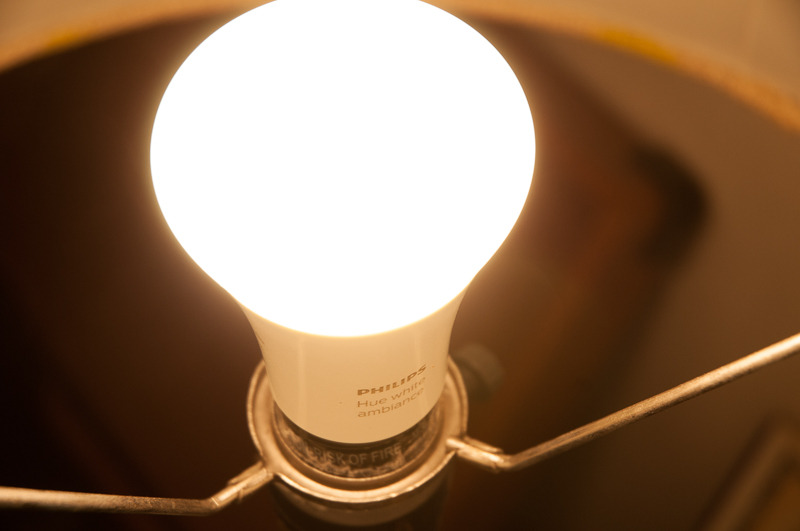
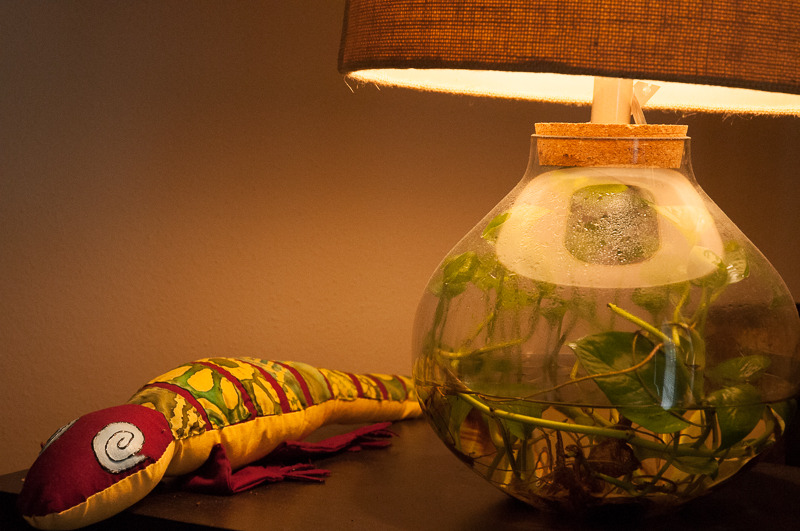
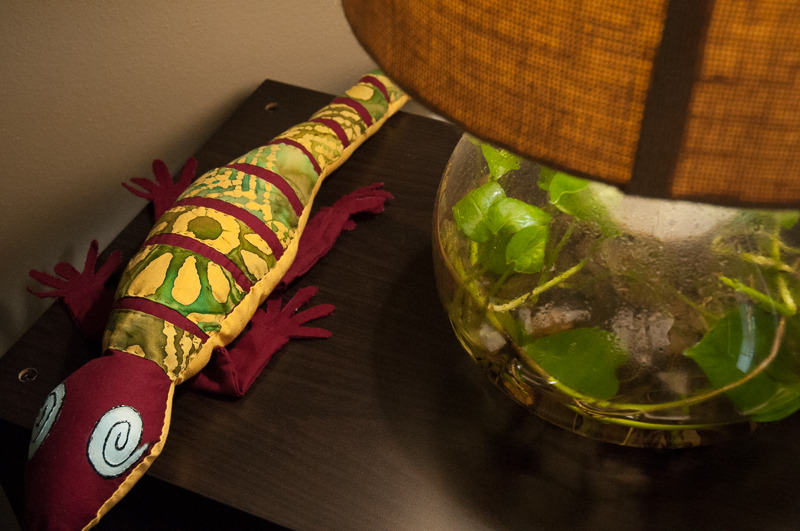
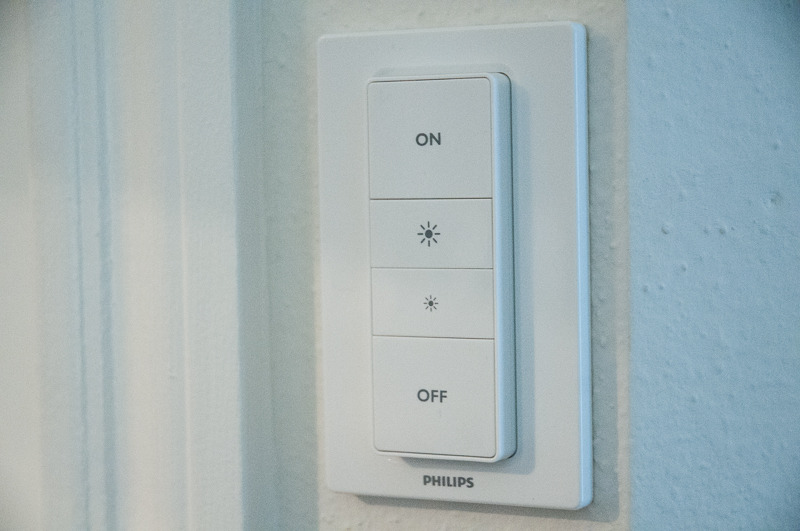
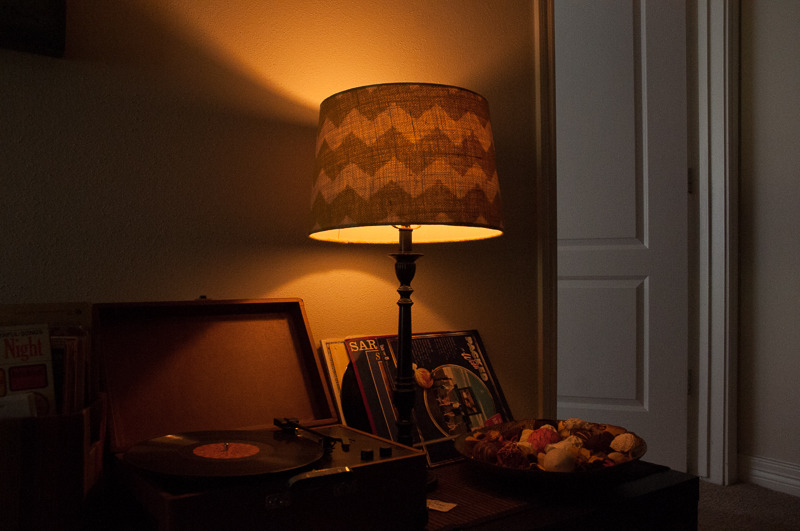
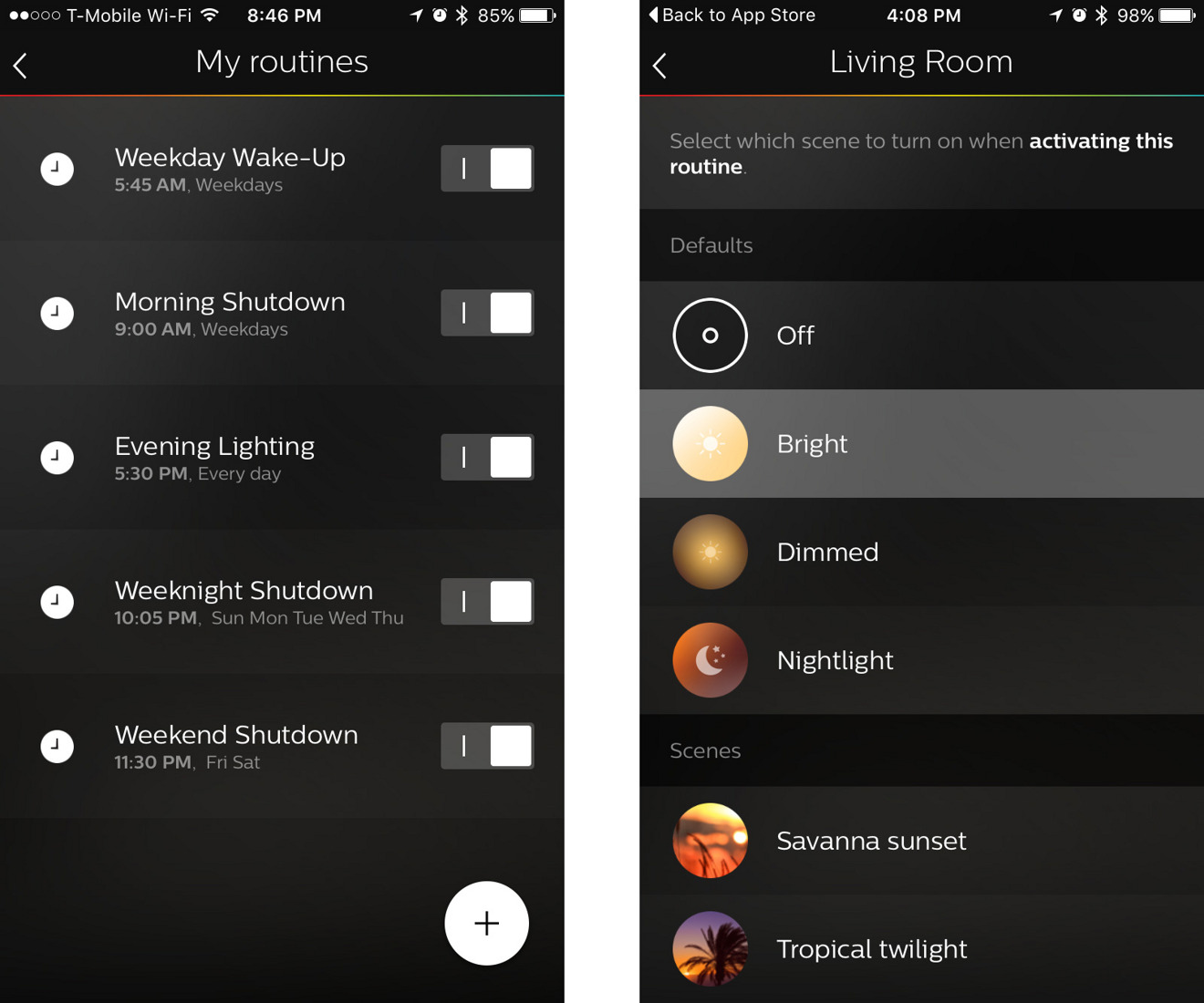
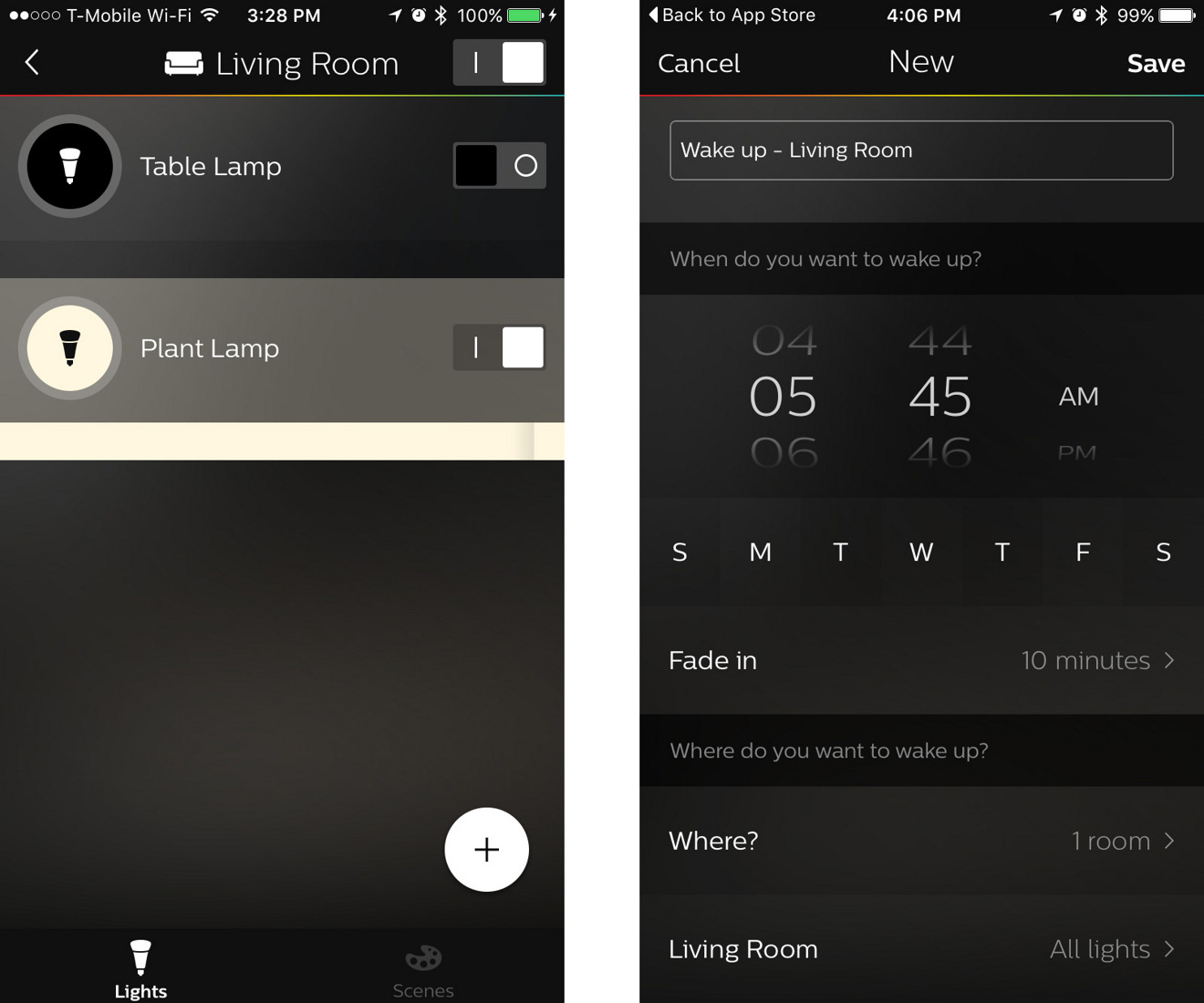


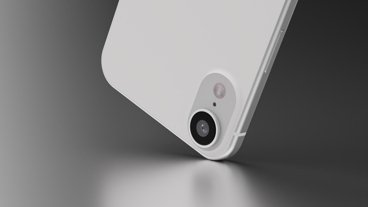
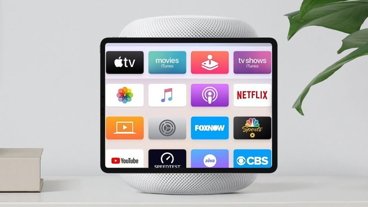
-m.jpg)


-m.jpg)






 Malcolm Owen
Malcolm Owen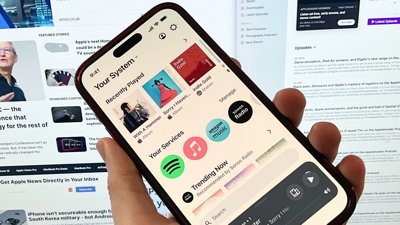
 William Gallagher
William Gallagher
 Amber Neely
Amber Neely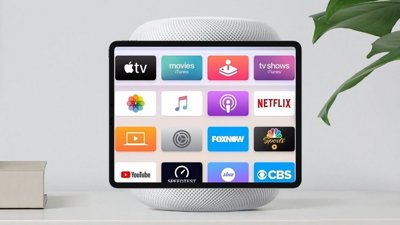
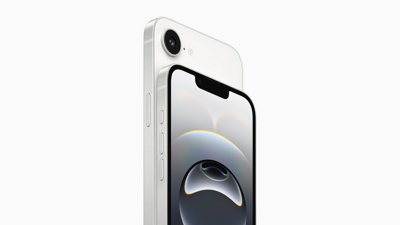
 Andrew Orr
Andrew Orr

 Christine McKee
Christine McKee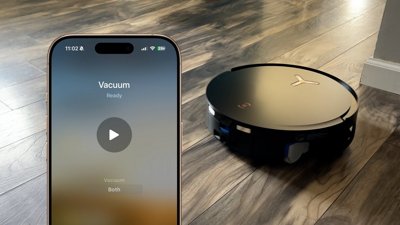
 Andrew O'Hara
Andrew O'Hara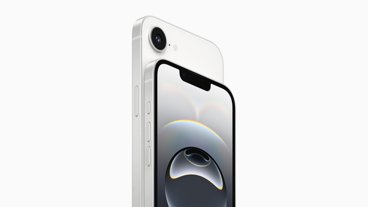





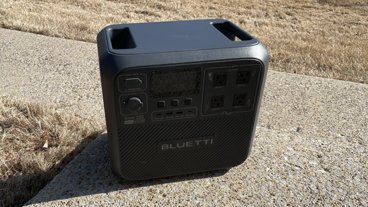

21 Comments
I find hubs offensive. $129 for two light bulbs?
Anyone know how to, with the app, turn a light on at anything other than 100%?
i.e. On at 20-30% not having to turn it on at 100% and then adjusting the brightness.